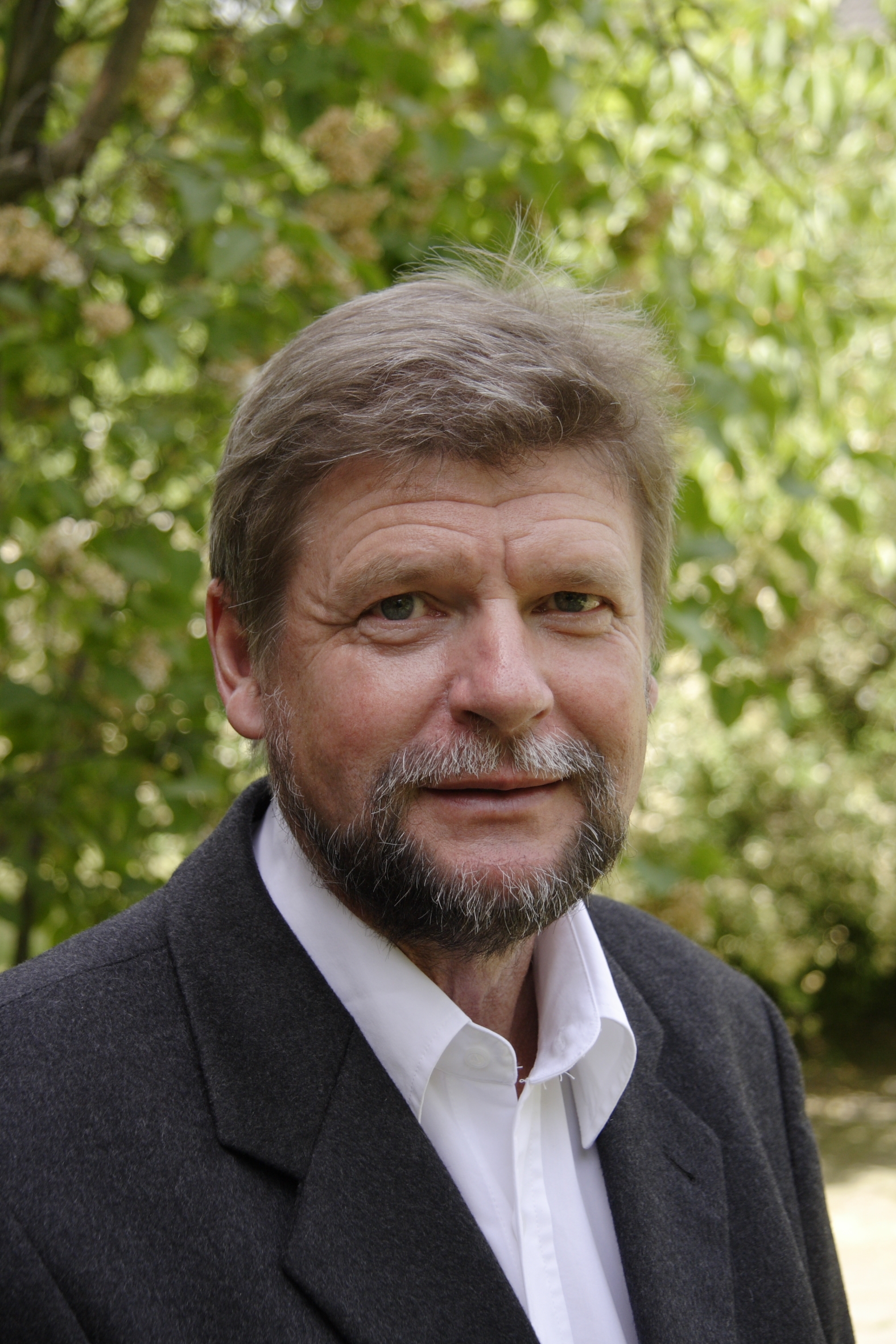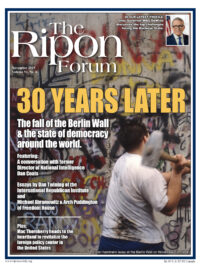
Three decades after the Berlin Wall came down, Germans in the East and West have remained strangers to each other in many respects. Many East Germans complain about the alleged financial degradation vis-à-vis West Germans. The latter, on the other hand, deem their countrymen in the East unappreciative in light of the enormous financial transfers from West to East (about 2.3 trillion Euros between 1990 and 2018). The AfD’s electoral success, as well as a stronger right-wing extremist scene in the “Neue Bundesländer” (new federal states in East Germany), are evidence of the political and cultural trench running through Germany. Many political commentators fail to unearth the reasons behind these developments and stick to an oversimplified characterization of East Germans as right-wing extremists.
The continued alienation between at least minorities of East and West Germans is caused by two factors: the decade-long division of Germany in two opposing social and cultural systems and the social upheaval following the unification which hit East Germans particularly hard. For them, almost everything changed as the process of reunification tore clear social settings and predictable living conditions apart.
The unification of the two German states on October 3, 1990, did not occur on an equal basis. In fact, a collapsing political entity joined a larger German core state. Almost all of the GDR citizens sought German unity in order to reach the same living standards as West Germans. The vast majority of the latter, however, wanted to take on neither their “brothers’ and sisters’” way of life nor the “GDR’s socialist achievements.” Following this initial situation, two distinct characteristics evolved: an East German attitude of defiance which functioned as a building block of identity formation, as well as a West German sense of superiority.
The unification of the two German states on October 3, 1990, did not occur on an equal basis. In fact, a collapsing political entity joined a larger German core state.
The federal government pursued a consumption-oriented strategy of transformation that led to fast convergence of prosperity. In 1989, the real GDP per capita in the GDR stood at one-third of the figure for the Federal Republic of Germany. In absolute numbers, GDP per capita in the GDR in 1989 had reached West German 1950s levels. Taking figures of productivity into account, the contrast becomes even more evident. Depending on the measurement, productivity in the GDR in 1989 ranged from 13 to 30 percent compared to West Germany. Compared to this initial situation, the first five years after reunification witnessed a historically unprecedented increase in wealth and prosperity in East Germany.
The actual numbers are far better than the atmosphere. Taking the continued existence of regional variations in purchasing power into account, East German household incomes range between 85 to 90 percent of West German household incomes. Taking only regional purchasing power into account, this figure reaches 94 percent (although in terms of GDP per inhabitant and productivity, East Germany reaches only 75 and 80 percent, respectively). The alignment in wealth occurred during the first years of the transformation process. Since then, the gap has remained the same. The East German economy still lags 25 to 30 years behind the West German economy. Therefore, if ever full convergence will be realized, that is only going to happen in a few decades.
The continued existing differences are, however, less relevant in terms of material goods, but more so in terms of political and mental differences. Many older (but recently, also younger) East Germans remain strangers to the democratic political institutions and instead count on the state rather than on personal initiative. A critical attitude towards capitalism which sometimes culminates in sheer anti-capitalism has been growing stronger in the last years despite or maybe even because of the supremacy of the social market economy in the rivalry of economic systems that shaped German history during the Cold War. Apparently, many East Germans have forgotten or suppressed the memory of the centrally planned economy’s utter failure.
A few years ago, a poll found that only half of the East German population (among the younger generation even only one fourth) associate shortages of goods with a planned economy (in the West 71.3% or 73.1% of the younger generation). A little less than half of the East German population thinks of security and almost one-fourth of prosperity (in the West 29.4% and 10.8% respectively). Associations with the market economy are the exact opposite: almost twice as frequent as West Germans, East Germans think of exploitation (East 81.6%, West 43.3%). Among the younger generation the numbers stand at 95% of East Germans and 51% of West Germans who associated exploitation with the market economy.
Following this initial situation, two distinct characteristics evolved: an East German attitude of defiance which functioned as a building block of identity formation, as well as a West German sense of superiority.
East and West also differ in their political attitudes. In the East, voter turnout is significantly lower and populist parties receive greater support. In the most recent federal election of 2017, leftwing and rightwing populist parties in the East collectively received almost 40% of the vote share (in the West 18.1%). Furthermore, the number of people oriented towards the extreme right is far higher in the East than in the West. Already during the times of the GDR, this figure was relatively high despite being hushed by the ruling Socialist Unity Party (SED). Today, this leads to rightwing acts of violence which occur five times more in the East than in the West.
Most of the time, public perception focuses on the continuing differences and problems of the unification process, thereby ignoring its positive aspects. Thus, overlooked is the fact that the environmental situation has significantly improved in the East. Furthermore, comprehensive investments in infrastructure have resulted in splendidly renewed city centers. But also the individual has benefited from the rapid prosperity convergence and the health sector improvements. At the time of reunification, life expectancy was significantly lower in the East, but today it is almost at the levels in the West. Additionally, since the early 2000s, Germans in the West and the East agree that reunification is a cause of joy rather than concern.
Among the historically uniquely difficult starting conditions for the transformation process were (1) the GDR’s disastrous final situation in terms of economy, infrastructure and ecology, (2) the regime’s sudden and unexpected breakdown, (3) the lack of historic role models for the transformation process, (4) the lack of an established elite in opposition to the SED, and (5) different or even opposing socialization in terms of norms and values as well as life experiences in East and West. Taking all these factors into account, German Reunification clearly stands out as a history of success which all of us can be proud of.
Dr. Klaus Schroeder is a professor at the Otto Suhr Institute of the Free University Berlin, where he also serves as Scientific Director for the Research Association on the SED State.




